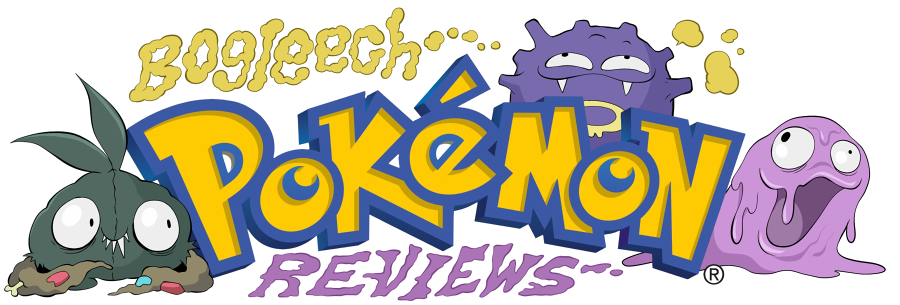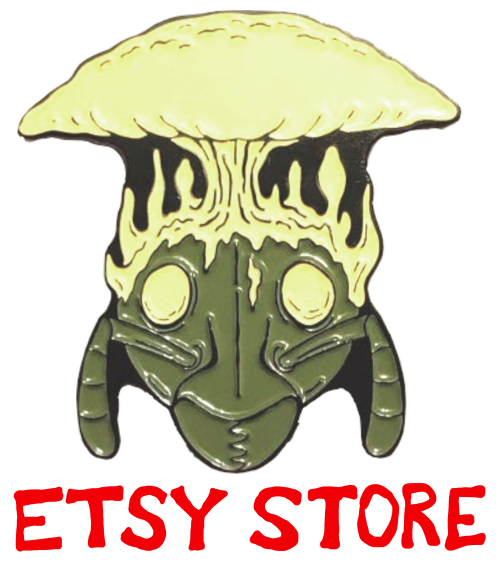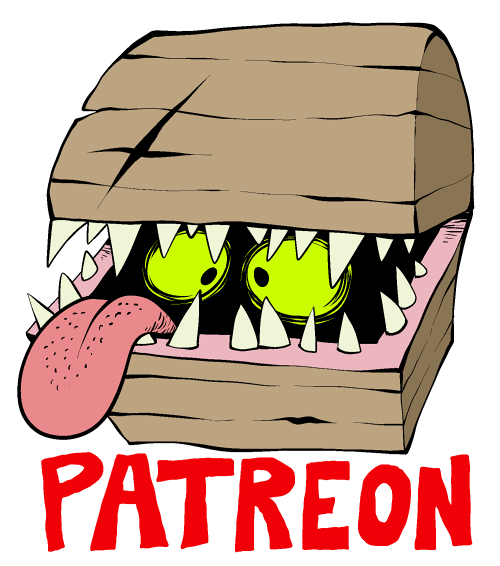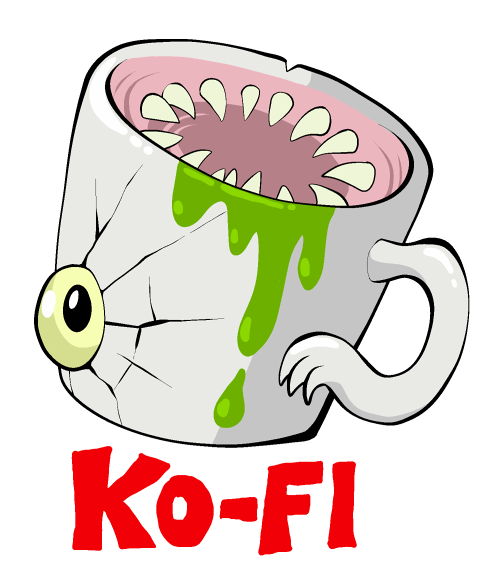
PARADOX POKEMON: Great Tusk
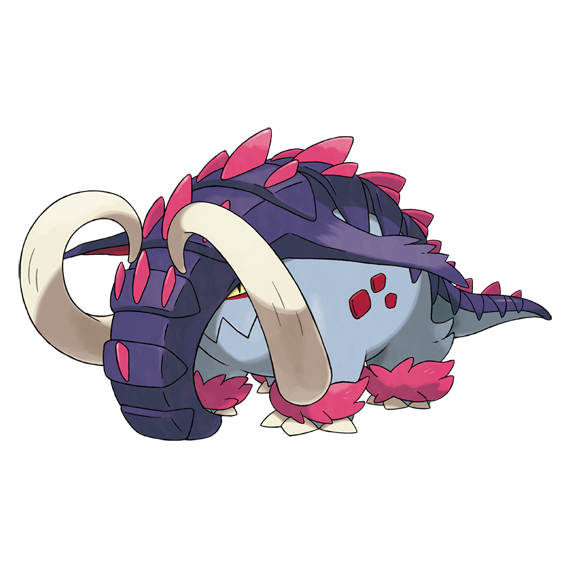
...The what Pokemon now?!
We've at last run into the surprise gimmick Pokemon of this generation, Paradox Pokemon. These resemble strange evolutions or alternate forms of existing Pokemon, but they aren't connected to those Pokemon by evolution, nor do they share the same typing, abilities or stats. They're entirely new, standalone quasi-legendaries not unlike the Ultrabeasts, but they're supposed to represent hypothetical "past" or "future" versions of more familiar mons. Our introduction to this concept in Pokemon Scarlet is Great Tusk, allegedly the prehistoric ancestor to Donphan. Or is it??? It actually might be more complicated than that, but I'll explain later.
Great Tusk honestly looks pretty cool. It has pink blades down its tire-tread trunk and back, huge tusks that curl up over its head, sinister pink-rimmed yellow eyes and a jagged mouth, like this Pachyderm might even be more carnivorous than we're accustomed to. Like all "ancient" Paradox Pokemon, it has the ability Protosynthesis, which raises its highest stat during sunlight or when holding a "booster energy" item. And while Donphan is just a ground type, Great Tusk is both Ground and Fighting type.
The fun thing about these is that they're supposed to be "cryptids" of the Pokemon world, and you can read a little more about them in the tabloid magazine Occulture. It doesn't usually tell us anything we can't already glean, though, except that it keeps calling Great Tusk a "Living Relic of the Dinosaur Era." So Pokemon had a Dinosaur Era, yeah, I guess we know that from the fossil types, although plenty of Pokemon are already non-extinct dinosaurs, so it's hard to say what that concept really means here.
Obviously I LOVE the idea of standalone monster versions of existing Pokemon, and I love the cryptozoology angle. I love it so much that I already came up with it years prior in my own silly hypothetical pokemon region and called them "Enigma" Pokemon. Glad to sort of have some accidental validation from Gamefreak, I guess.
We've at last run into the surprise gimmick Pokemon of this generation, Paradox Pokemon. These resemble strange evolutions or alternate forms of existing Pokemon, but they aren't connected to those Pokemon by evolution, nor do they share the same typing, abilities or stats. They're entirely new, standalone quasi-legendaries not unlike the Ultrabeasts, but they're supposed to represent hypothetical "past" or "future" versions of more familiar mons. Our introduction to this concept in Pokemon Scarlet is Great Tusk, allegedly the prehistoric ancestor to Donphan. Or is it??? It actually might be more complicated than that, but I'll explain later.
Great Tusk honestly looks pretty cool. It has pink blades down its tire-tread trunk and back, huge tusks that curl up over its head, sinister pink-rimmed yellow eyes and a jagged mouth, like this Pachyderm might even be more carnivorous than we're accustomed to. Like all "ancient" Paradox Pokemon, it has the ability Protosynthesis, which raises its highest stat during sunlight or when holding a "booster energy" item. And while Donphan is just a ground type, Great Tusk is both Ground and Fighting type.
The fun thing about these is that they're supposed to be "cryptids" of the Pokemon world, and you can read a little more about them in the tabloid magazine Occulture. It doesn't usually tell us anything we can't already glean, though, except that it keeps calling Great Tusk a "Living Relic of the Dinosaur Era." So Pokemon had a Dinosaur Era, yeah, I guess we know that from the fossil types, although plenty of Pokemon are already non-extinct dinosaurs, so it's hard to say what that concept really means here.
Obviously I LOVE the idea of standalone monster versions of existing Pokemon, and I love the cryptozoology angle. I love it so much that I already came up with it years prior in my own silly hypothetical pokemon region and called them "Enigma" Pokemon. Glad to sort of have some accidental validation from Gamefreak, I guess.

